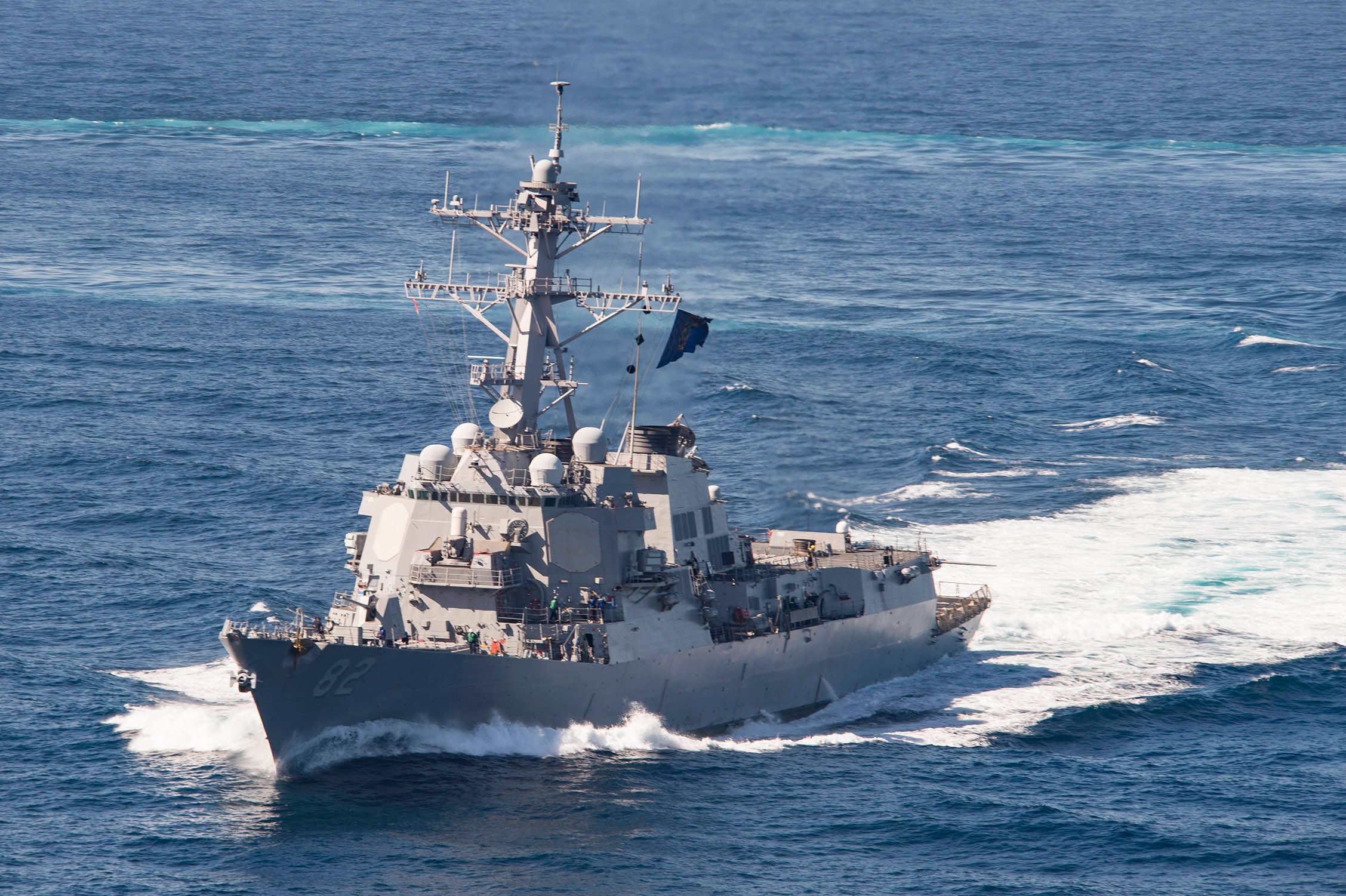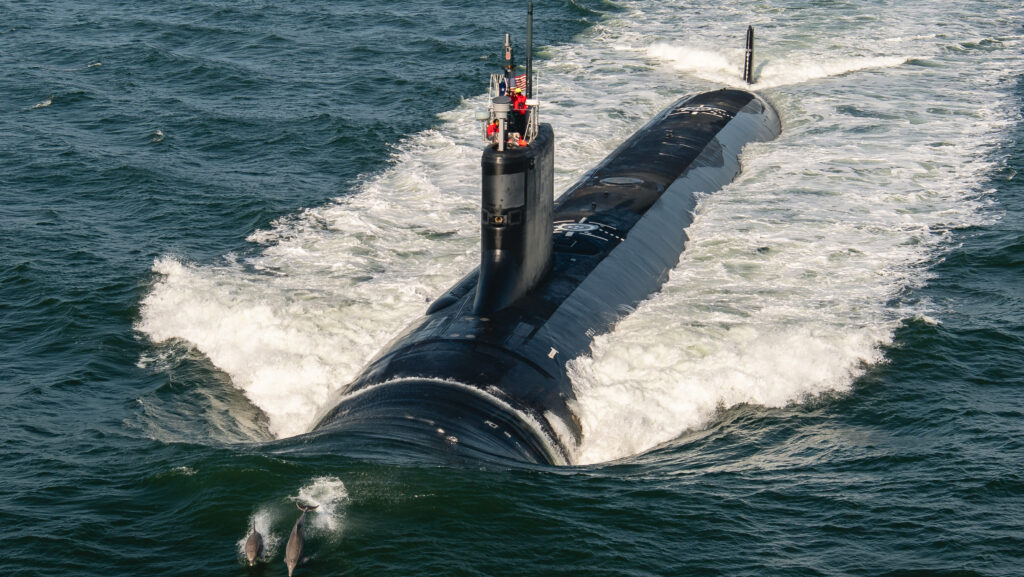
The head of Southern Command told the Senate Armed Services Committee on Thursday that he does not have the ships or aircraft to fully carry out the interdiction mission to stop the flow of drugs and migrants from Central America into the United States.
Adm. Kurt Tidd said, as the hearing was ending, that he has five or six surface ships on the interdiction mission each day, primarily drawn from the Coast Guard, but the requirement was to have 21 surface vessels on the mission to stop 40 percent of the illegal drug traffic. “It’s a question of resources” that he said he understood. The command was “still suffering from the hangover” of sequestration, he added.
In answer to a question Tidd said, “I would never turn down additional ships.”
He said that half of the at-sea interdictions were made “with our partners,” and “we need to stand fast” with them in the drug fight and helping them stop the movement of migrants to the United States.
Tidd described stopping the narcotics flow north was “like squeezing a balloon” where large- and small-scale smugglers adjust where they will land the drugs for trans-shipment. “They will adapt”—now using Panama rather than Guatemala. Southern Command’s area of responsibility to the north ends at the Mexican border.
Adm. William Gortney, chief of Northern Command, said he believes Mexico is “in a 30-year fight” against corruption to halt the movement of narcotics from Central America to cartels inside its borders. He added most often the drugs are “coming through the traditional legal border crossings” into the United States carried “in very small quantities” by individuals or in vehicles.
“We need to expect more from the Mexican government and the agencies of the Mexican government.”
Tidd noted increases in coca production in Colombia, which has largely been a success story in countering narcotics and a long-running insurgency, that will likely lead to more cocaine coming into the country. Likewise, Gortney cited increased poppy production that will likely lead to more heroin exports. He added that illegal methamphetamines were traced to China.
“We need to work on . . . the root cause”—the demand for narcotics in the United States—and to commit to a years-long effort to improve living conditions throughout Central America, Gortney said.
He told the panel that border security with Mexico was “not nearly as effective as we would like it to be.”
“A wall will not solve the problem,” indicating that improved sensors and other technologies that take into account terrain would be helpful. He also said the United States was working with the Israelis on how to better identify and eliminate tunnels used by smugglers.
As he said several times, the long-term solution to the narcotics problem and also a migration crisis brought on by people fleeing the violence in their communities was reducing the demand inside the United States.
Tidd said he visited Guantanamo Bay twice in his short time as commander and called the security force there, largely made up of National Guardsmen, “exceptionally well qualified” for the mission of guarding the detainees.
To illustrate the pressure the security force was under, he said there have been 100 assaults on guards—”splashing, scratching, pushing, shoving” and threats of more serious harm if the detainee had a weapon—in the past month.
Even if the last detainee left Guantanamo Bay, the facilities there would be of use during a migrant crisis in the Caribbean (most likely from Haiti) and should not be returned to the Cubans, he said. The United Nations has maintained a peacekeeping force in Haiti, primarily from Brazil, since 2004.





